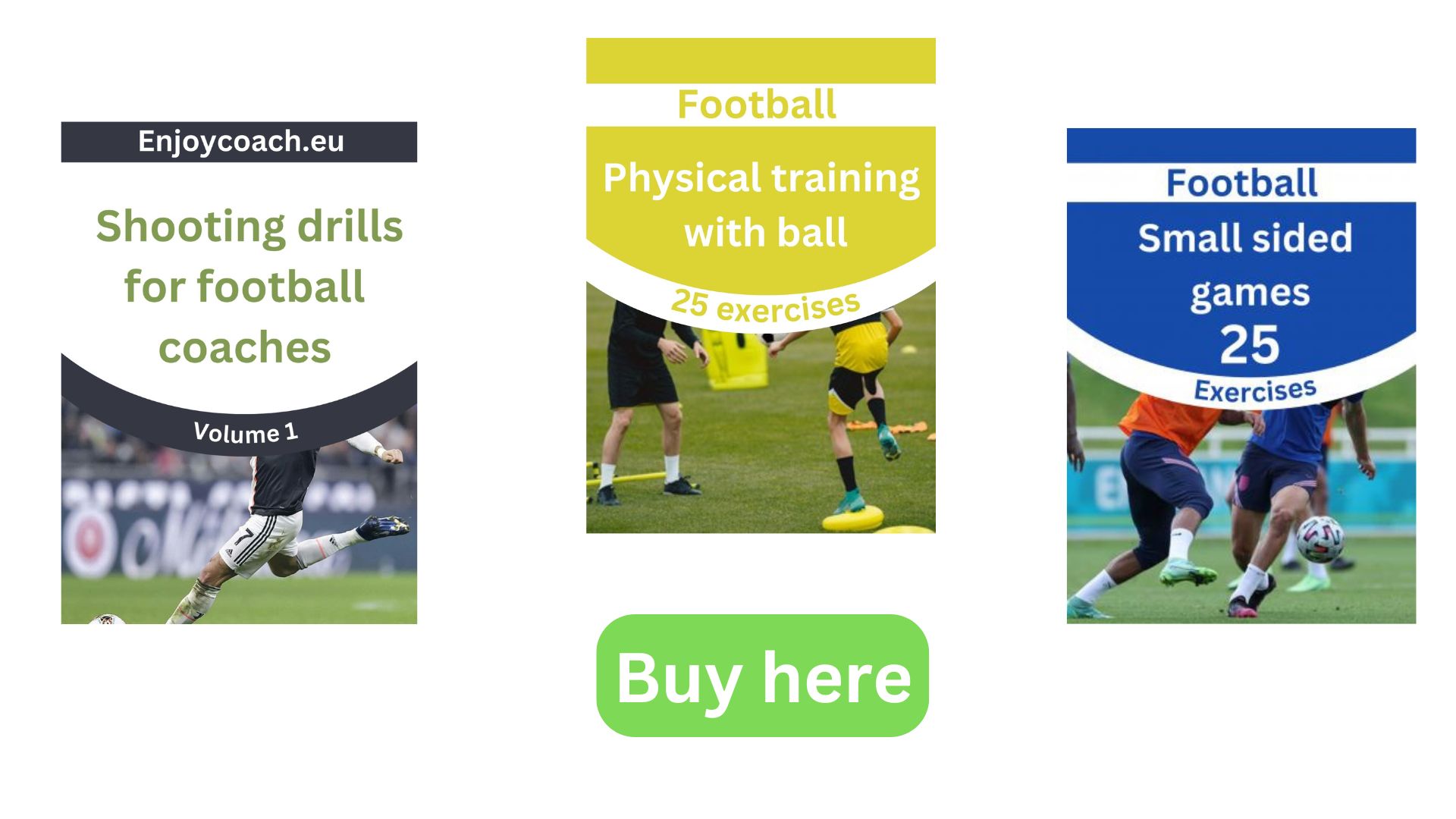But compared to football in the past the role of this defensive midfielder has changed a lot, less and less teams use a defensive midfielder in the style of Gennaro Gattuso or Claude Makélélé who had the main task of recovering the ball.

In today's football a defensive midfielder has to be much more complete.
It is important to stress that for the most efficient ball movement you can avoid using the defensive midfielder to get forward, although he should be ready to be used if necessary.
The tactical context may allow the ball to be played by him directly to an attacking midfielder or a wide player.
It is more beneficial for offensive midfielders to play the ball directly on top or with a wing without using the defensive midfielder to get the ball out quicker and give the opposing defence less time to regroup.
The defensive midfielder should always stay behind the ball to provide support and safety.
PRO:
As the defensive midfielder sits deeper and is more central, he has a wider view of the whole field, so he can see and pass the ball more easily to unmarked teammates, as he is unlikely to be as well marked as the offensive midfielders.
Secondly, when the opponent is pinned in their own half and the defensive midfielder is nearby, the attacking players can play with them to gain ground and take advantage of open space in the opponent's half.
AGAINST:
Can occasionally slow down ball movement by stepping in and playing shorter passes. This is important if we are advanced and don't want to play the ball backwards, always looking for positive ball progression.


